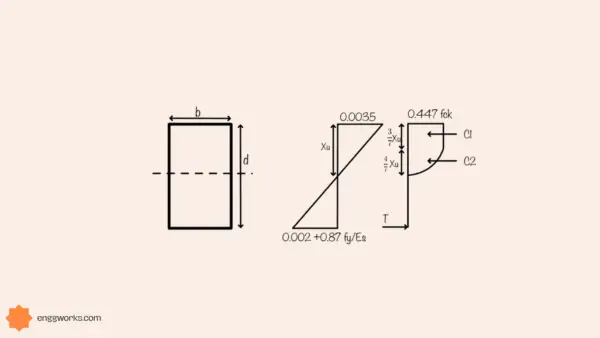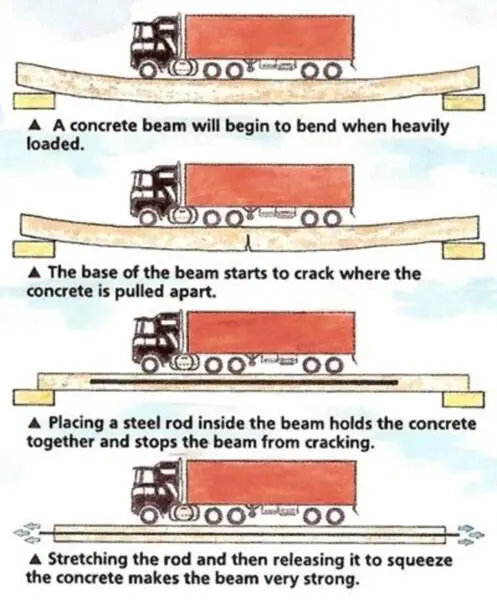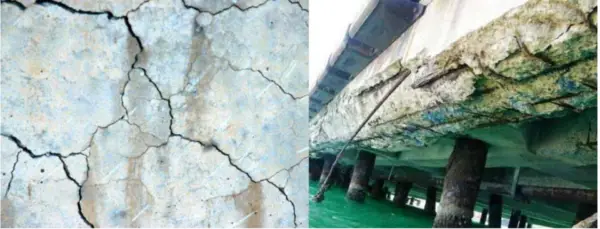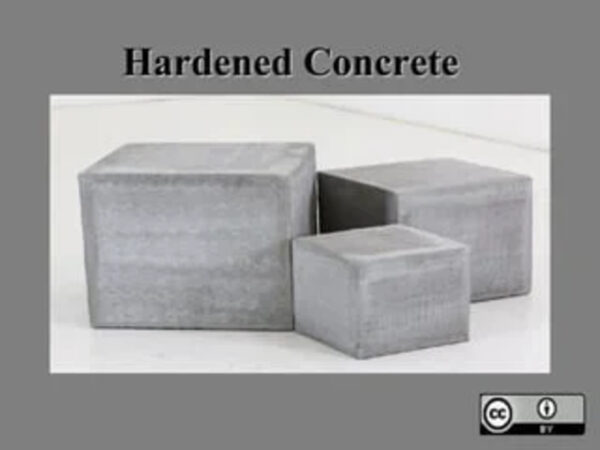Protecting concrete surfaces is critical for extending the lifespans and preserving the appearance of driveways, garages, basements, patios, and more.
Applying a concrete sealer creates a protective barrier that shields against damage from moisture, stains, and wear.
With options like acrylic, epoxy, and polyurethane sealers on the market, choosing the right product for your needs is key.
What is a Concrete Sealer?
It is a chemical product applied as a coating to protect concrete surfaces. Sealers will penetrate into the surface pores, creating a barrier that enhances durability and appearance while preventing staining, wear, and moisture damage.

Purpose of Concrete Sealer
Applying serves multiple key purposes:
- Protects against deicing salts, freeze/thaw damage, and corrosion
- Creates a stain-resistant surface for spill resistance
- Retains appearance by limiting dirt/residue buildup
- Reduces efflorescence deposits and alkali silica reaction
- Extends service life span for exterior concrete surfaces
Proper sealing is critical for driveways, basement floors, and concrete countertops to prevent water ingress and resist staining.
Types of Concrete Sealers
Acrylic Sealers: Form a thin protective film offering moderate protection for outdoor horizontal surfaces like patios, walkways, and driveways. Allow moisture vapor transmission.
Epoxy Sealers: Provide a high-gloss, durable coating for indoor/outdoor use with superior stain protection. Useful on countertops and basement floors.
Penetrating Sealers: Contain silane/siloxane to waterproof and protect concrete through chemical reactions versus surface film formation. Good for freeze/thaw climates.
Polyurethane Sealers: Create a strong, high-gloss layer with maximum stain resistance ideal for high-traffic floors.
Polyaspartic Sealers: Quick drying for fast project timelines with durable protection against abrasion, chemicals, and UV exposure.
Applications of Concrete Sealer
They often get applied to:
- Driveways: Penetrating or acrylic film-forming sealers
- Basement Floors: Epoxy for indoor stain protection
- Countertops: Polyurethane for a glossy finish
- Patio Block Paving: Acrylic is cost-effective
- Warehouses: Polyaspartic for abrasion/impact resistance

Best Concrete Sealers
Type of the concrete sealer used depends on the purpose and surface applied. some of the best sealers based on the purpose are,
Driveways: Silane/siloxane penetrating sealers withstand seasonal weather changes.
Basement Floors: Solvent-based high solids epoxies have low odor and optimal durability.
Countertops: Polyurethane is ANSI/NSF approved for food contact with a protective glossy sheen.
Acrylic Sealers Pros/Cons
- Cost-effective, water-based, VOC compliant
- Allow vapor transmission, easy application
- Less durable than other sealers
- Film removers required before reapplication
Applying the right concrete sealer for each situation ensures optimal performance and longevity of concrete surfaces.
Consider the usage, exposure elements, and desired finish when selecting sealers.






